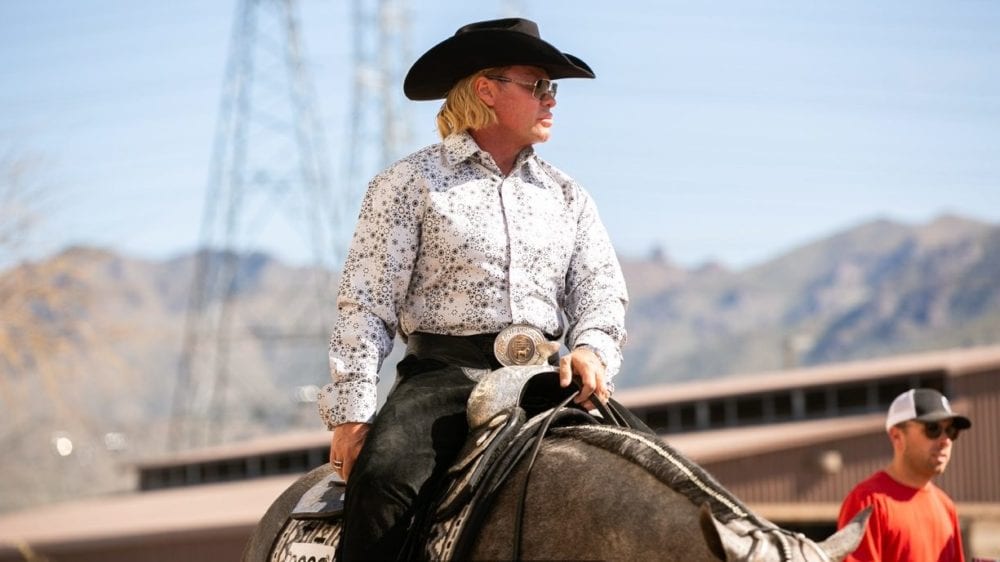Making a comeback can be challenging, especially if it’s been years since you’ve entered the ring, right shoulder to the rail. Most equestrians, no matter their age, can recall a defining moment in the show pen – hearing your name called out winning a class, getting that pattern right, killing that flying lead change.
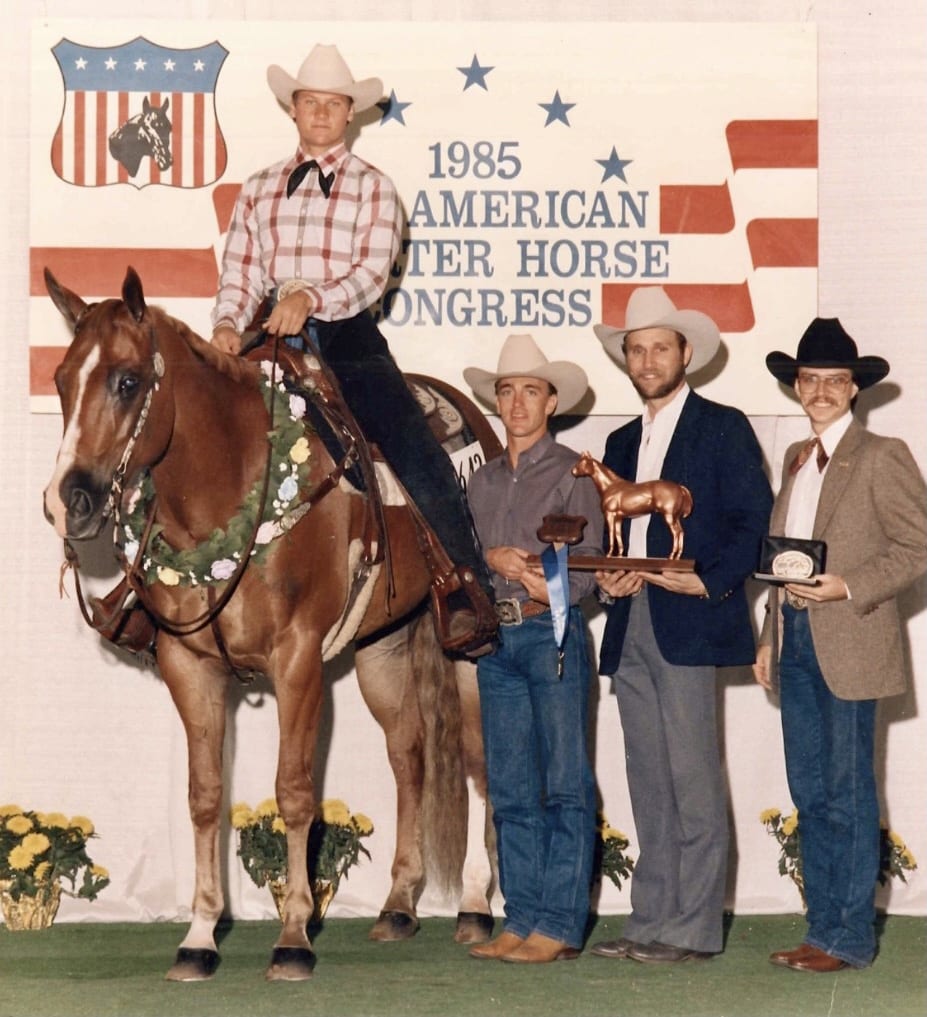
Those are moments we held onto, but they might have happened 10, 20, or even 30 years ago. Many exhibitors are heading back to the ring after various setbacks or other obligations such as college, job, finances, family, and are facing new challenges.
Select Amateur Kent Ray Taylor of Scottsdale, Arizona, is no stranger to the horse show world. He showed for years as a youth before needing to take a break to attend college and then work. Kent Ray finally made his way back in the ring three years ago after being gone for 30.
Taylor told us, “I am very proud to be the first male to win the all-round at the Congress, World Show, and in the Nation, both as a youth and then again as the first male amateur to win all three again.”
 Jake Atwell was a trainer for 30 years with multiple wins at the Congress and World Shows before retiring in 2000. He just recently returned to the industry as an amateur exhibitor. “The journey of starting over was hard. I love the horses, though. That’s what brought me back,” Jack shared.
Jake Atwell was a trainer for 30 years with multiple wins at the Congress and World Shows before retiring in 2000. He just recently returned to the industry as an amateur exhibitor. “The journey of starting over was hard. I love the horses, though. That’s what brought me back,” Jack shared.
Katherine Stone of Tampa, Florida, also showed for years as a youth, with her last being a win in a 1997 NSBA Hunter Under Saddle Futurity. She then put her passion aside to attend law school, got married, had a child, went through a divorce, and started her law firm.
 “My first show in 23 years was in hunter under saddle at the Love Returns show in Venice (FL),” Stone said, where both she and her daughter showed last fall.
“My first show in 23 years was in hunter under saddle at the Love Returns show in Venice (FL),” Stone said, where both she and her daughter showed last fall.
Heading back to the AQHA/NSBA circuits can be intimidating, but Taylor, Atwell, and Stone are proof that comebacks are happening all around us. We spoke to these amazing exhibitors who shared some tips and advice to help you make a comeback of your own.
Time Management
Time is a gift. Life is busy. The older we get, the more we realize it. Be patient with yourself as you find a schedule that works for you. Being organized is necessary to reach your goals. “Take your time to really analyze what you want to do and map out the course you want to take,” Kent Ray said.
 Stone found that, “My biggest challenge is having to coordinate my work to accommodate the time needed for both my daughter and I to practice.”
Stone found that, “My biggest challenge is having to coordinate my work to accommodate the time needed for both my daughter and I to practice.”
Atwell shared that it has been a reality check for him. “I didn’t understand how hard it is to carry on a life, a job, and show a horse. I need to give amateurs a lot of respect for now coming back as an exhibitor,” Atwell said. “Depending on what level you want to ride at, you may not get to ride very often, so it’s a big challenge.” Be patient but intentional with your time to get the most out of it. Make a plan.
Things Have Changed
While a lot has remained the same, a lot has also changed. Between training methods, show rules, and attire, you could feel circa 1990. “Training methods have definitely changed,” Atwell shared. He recommends being hands-on as much as possible.
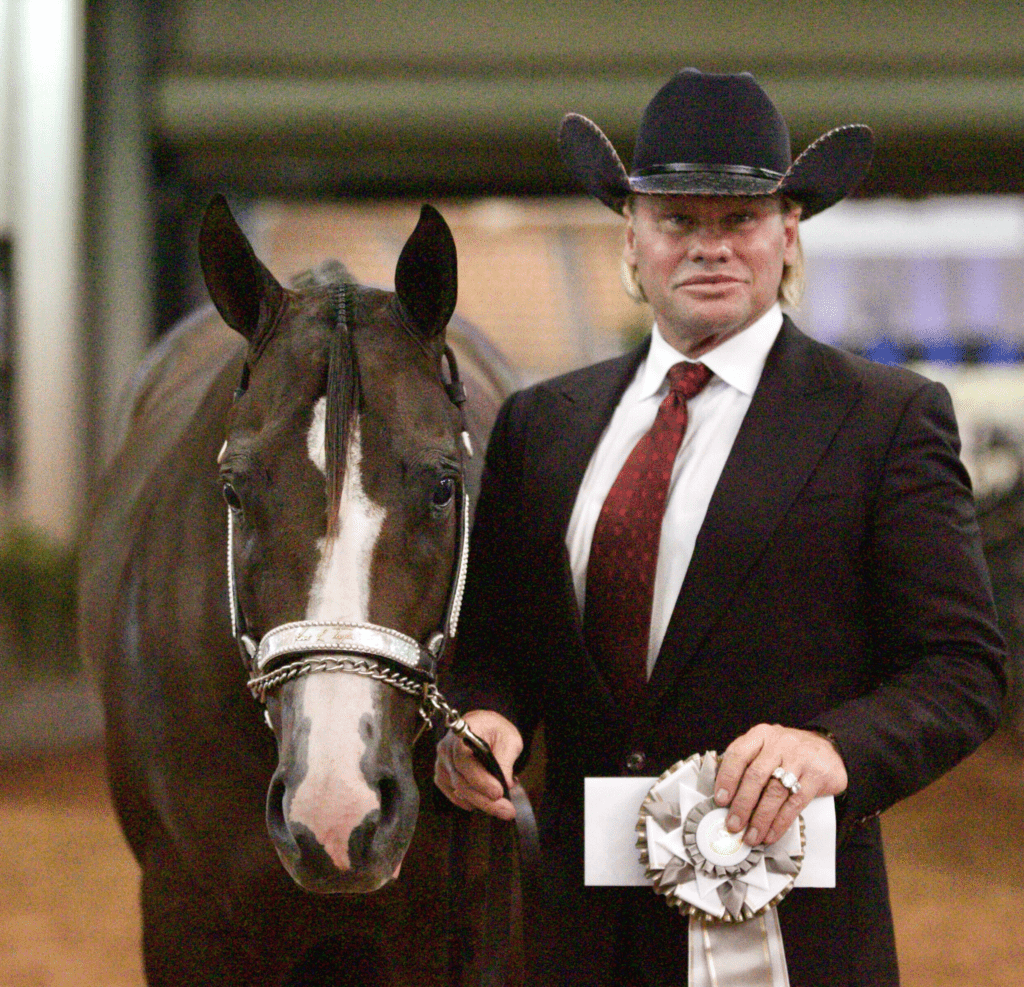 Kent Ray warned, “It can be a little awkward and uncomfortable at first with how different it is. Learning how to ride different can be overwhelming.”
Kent Ray warned, “It can be a little awkward and uncomfortable at first with how different it is. Learning how to ride different can be overwhelming.”
Stone agreed, the show ring has definitely changed. “It used to be a mortal sin to pass, but apparently now it’s more acceptable if it makes your horse present better,” she shared.
So be ready to roll with the punches and re-learn show etiquette. “Go to shows and watch the classes, the trainers, and do your research,” Kent Ray said.
Also, be aware of different training techniques and always go with your gut. Atwell advised, “If it doesn’t feel right, don’t do it.” One thing that most likely won’t change is your nerves. As Stone shared, “The nerves have not quite calmed down.”
Hire a Trainer
We know that time is of the essence at this stage in life, but as Stone put it, “Hiring trainers was the best thing I did and making sure the trainers understand my goals. Working full time does not allow me to get my horses prepared for showing.”
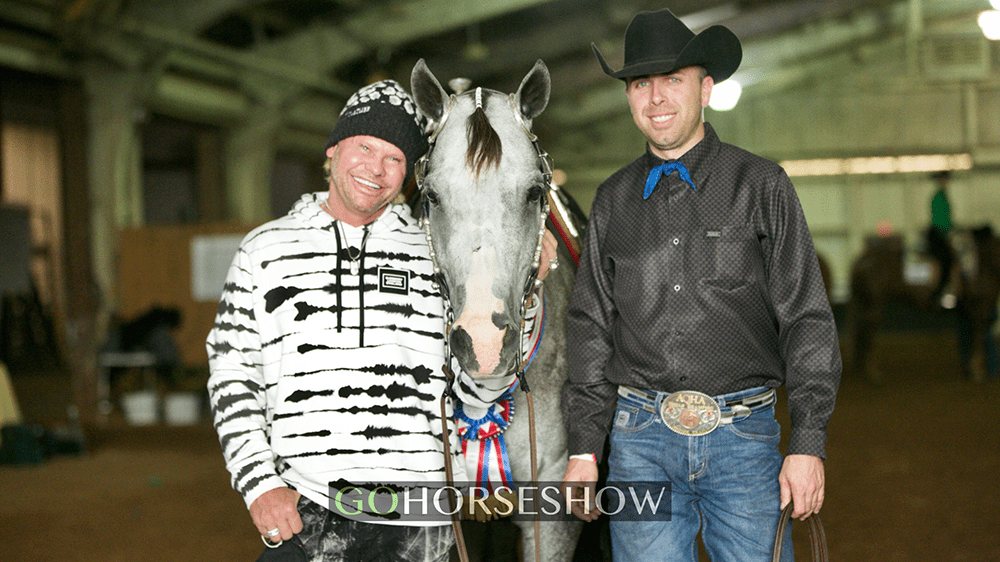 Look around and decide what events you want to get back into or if you want to learn something new. Then, find a trainer. “It is more important to find the right trainer – not necessarily the close one. Watch and research trainers to find the right fit for you,” Taylor said.
Look around and decide what events you want to get back into or if you want to learn something new. Then, find a trainer. “It is more important to find the right trainer – not necessarily the close one. Watch and research trainers to find the right fit for you,” Taylor said.
Find the right training program, coaching style, do your research on events they have been successful in, and be clear with your goals. Atwell added, “Look at credibility, check on your horse, and talk to people. Business ethics and professionalism is a must.”
Taylor, Atwell, and Stone all agreed, when making a comeback, be patient, find the right horse, find the right trainer and be clear about your goals.
Body. Mind. Pocketbook.
Mentally, physically and financially…be ready for it. As Katherine said, “I was very out of shape, both mentally and physically, so now wins mean a lot more to me. Also, it’s now my own money being spent to get that win.”
Physical exercise is a must. Mental clarity is needed. Taylor said, “Muscle memory needs to come back – you are using different muscles. You have to ride and practice.” He went on to add, “It’s not how good you show, but how precise.”
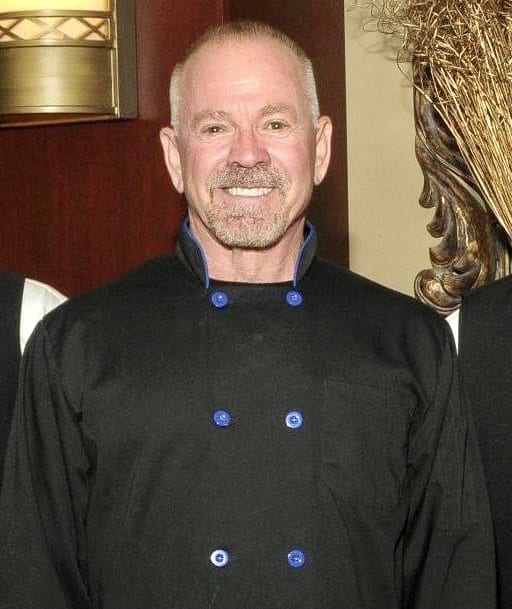 A full understanding of the financial undertaking is also needed for a successful comeback. “It is a huge financial undertaking to show these days at a high level,” Atwell, who is a chef by trade, added. “Make sure to check costs and make a plan that fits your budget.”
A full understanding of the financial undertaking is also needed for a successful comeback. “It is a huge financial undertaking to show these days at a high level,” Atwell, who is a chef by trade, added. “Make sure to check costs and make a plan that fits your budget.”
At the end of the day, you need to define why you are doing this. “That first win when you come back is thrilling,” Kent Ray said.
To stay motivated and focused, you have to keep your priorities in order, manage your time, have a plan, and find the right trainers to help you get there. Success is a team sport. Most importantly, “Remember to have fun. If you’re not having fun, revisit your goals,” Atwell said.


